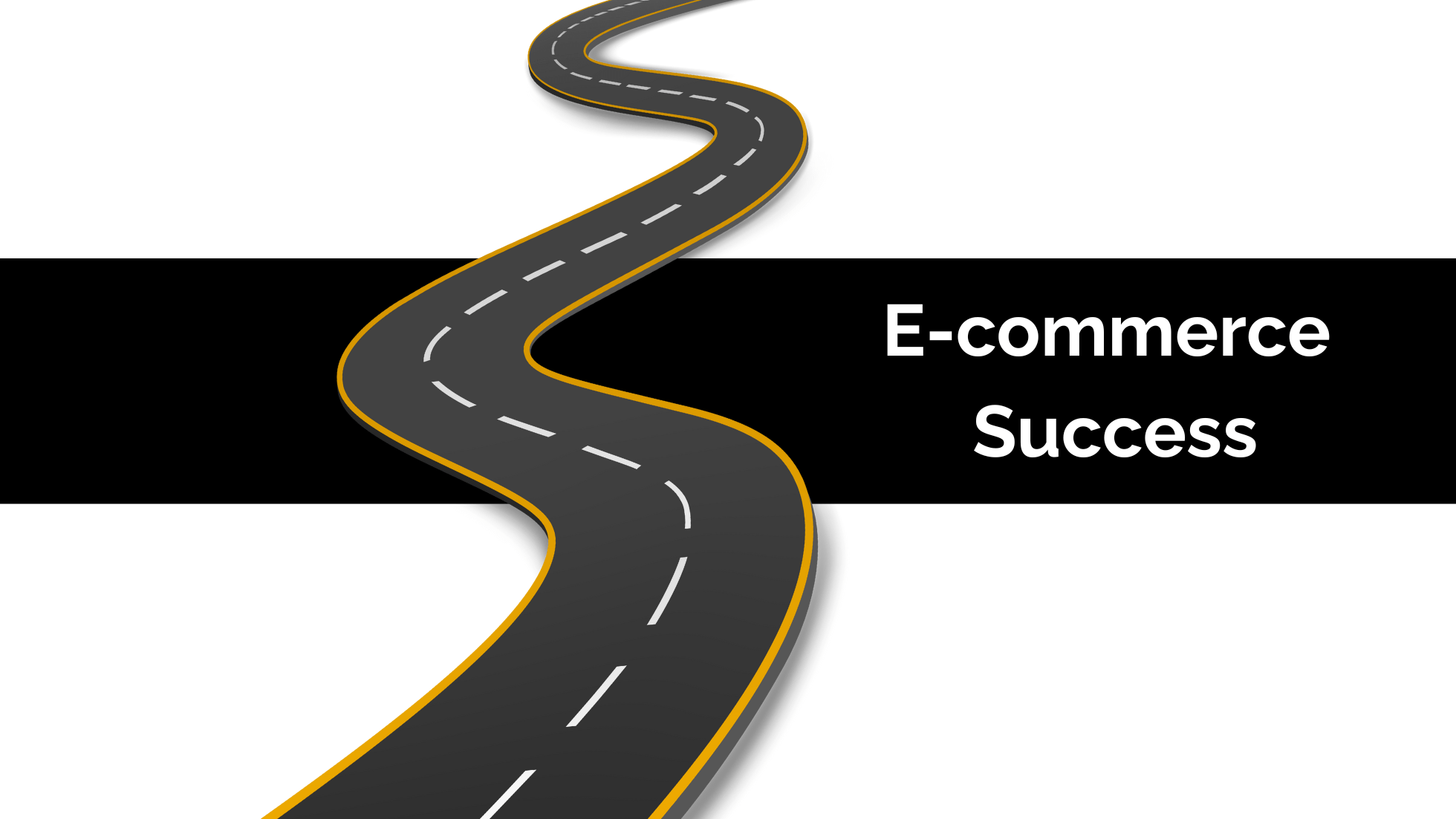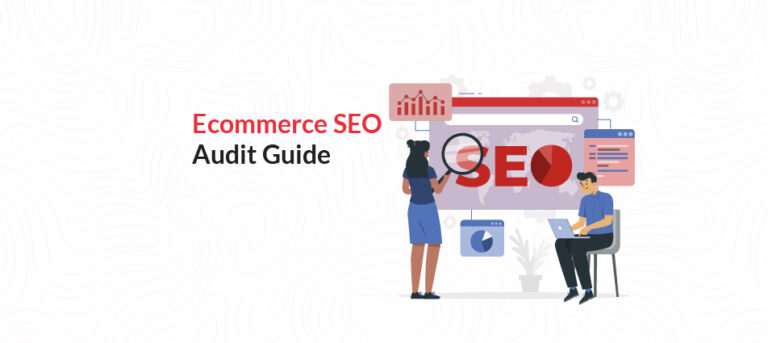From B2B to B2C to D2C: The Shifting Dynamics of Ecommerce
A switch to a D2C business model is a paradigm change for B2B companies, drastically changing the emphasis of a B2B company. For B2B companies, the D2C strategy is all about developing direct connections with end users by letting go of middlemen and providing insights into constantly shifting customer preferences. There used to be a substantial difference between company models that were B2B and B2C. Retailers sold to customers in lesser amounts and raised the price to generate a profit (B2C), whereas manufacturers sold in bulk to shops (B2B). But the first dot-com wave altered the dynamics of the industry, and in the two decades after the bubble burst, e-commerce dynamics have evolved at an exponential rate.
The Traditional Landscape: B2B and B2C Ecommerce
A. Business to Consumer (B2C)
Most people think of eCommerce businesses in terms of business-to-consumer (B2C) models, which include selling goods or services directly to customers. It has historically been the deepest market, with many of the brands you see online having offline recognition. B2C eCommerce refers to the conventional retail approach in which a company sells to private customers, but the transactions take place online rather than in a physical location. The main obstacle for businesses engaged in business-to-consumer (B2C) transactions is establishing a user interface that is quick and easy to use while also fostering strong emotional bonds and enduring relationships with clients. Successful B2C brands know how important it is to use different digital marketing strategies, retargeting, and social media, to market directly to their customer base and drive traffic to the products they have chosen, regardless of whether their company offers goods or services. This is how Opositive can help brands with their suite of marketing, branding, and consultancy services.
B. Business to Business (B2B)
An online order or transaction between companies like wholesalers, manufacturers, or distributors is known as a business-to-business (B2B) eCommerce model. B2B models can have a B2C component in which services are provided to customers, but the company acts as a broker of the goods and services (to other businesses). B2B eCommerce has the power to alter the competitive landscape for the participating businesses long-term. Furthermore, although B2B has historically required more labour-intensive manual sales and marketing tactics than its B2C equivalent, eCommerce helps automate processes and boost productivity, which lowers costs. Like the individual customer, a lot of firms find that placing an online order is easier than dealing with a salesperson. Your company may expect to participate in one of the fastest-growing marketplaces and reach a wider audience by incorporating clever marketing methods offered by leading digital advertising service providers like Opositive.
The Rise of Direct-to-Consumer (D2C)
The direct-to-consumer (D2C) sector has experienced exponential growth in recent times. There’s a good chance that the propensity to go direct-to-consumer may increase even more in light of the current supply chain disruption and uncertainty. After years of witnessing the explosion of online and mobile eCommerce shopping, brands are starting to realize the advantages of creating new direct sales channels with their customers. Many will be impacted by super-digitalization if they do not cater to changing consumer behavior. These brands need to approach branding, marketing, and consultancy service providers like Opositive to step up their efforts while implementing online-to-offline, direct-to-consumer, or other channel transformation solutions.
Comparing the Models: B2B, B2C, and D2C
Business-to-business (B2B) transactions include two firms that have a large sales volume, a protracted sales cycle, and a more complex decision-making process. Marketing focuses on business-to-business transactions, sometimes including intermediaries. B2C transactions take place between a company and a customer; there is little sales volume, a brief sales cycle, and a less complicated decision-making process. Intermediaries are not engaged in the transaction; the marketing is B2C oriented. A business that offers its goods or services directly to customers (D2C) does so by letting go of conventional retail channels. The sales cycle is brief; the customer can be a person or a corporation, the sales volume can fluctuate, and the decision-making process is easier. The goal of marketing is to establish a personal connection with consumers by approaching them directly.
The primary distinction between the business-to-business (B2B) and business-to-consumer (B2C) models is that the former is appropriate for businesses that sell their goods or services to intermediary entities. The most popular model of online mercantilism is B2C. This covers all businesses that offer goods or services for sale to clients. While B2C businesses could sell completely distinct brands, D2C brands sell their items. D2C gives the manufacturer more control over their brand, marketing, and manufacturing by removing obstacles between them and the consumer.
The Impact of Technology on Ecommerce Evolution
Beyond only automating processes, technology plays a crucial part in e-commerce fulfillment as it has completely changed how companies run and engage with their clientele. Automation has made order processing and storage more efficient, which has improved client experiences and sped up delivery. Furthermore, technology-driven solutions provide e-commerce companies with a competitive edge in a market that is changing quickly by providing scalability, flexibility, and data-driven insights. Technology’s position in e-commerce fulfilment will undoubtedly grow in importance as it develops, influencing the direction of the sector.
Consumer Behavior and Market Dynamics
Consumer behavior is the study of how individuals select, utilize, and discard goods and services, as well as their behavioral, emotional, and cognitive responses. Businesses aiming to plan effective marketing strategies that influence consumers’ decision-making processes must have a solid understanding of customer behavior.
● Consumer attitudes and preferences about various possibilities, such as goods and brands.
● The elements that affect consumers’ decision-making when presented with options.
● Consumer behavior throughout the stages of planning and purchasing.
● The impact of a consumer’s environment, including their family, friends, and the media, on their choices.
Three main types of influences are identified as influencing customer behavior:
Personal factors: A person’s interests and beliefs can be greatly influenced by demographics like age, gender, and culture.
Psychological factors: Perceptions and attitudes have a major role in how consumers react to marketing communications.
Social factors: Consumer behavior is influenced by a variety of social factors, including family dynamics, peer pressure, educational background, social media presence, and economic levels.
Let us understand the market dynamics by taking an example:
Apple Case Study
One of the best examples of a business that leverages market dynamics and comprehends consumer behavior is Apple. Through a combination of elegant design, user-friendly interfaces, and a strong feeling of exclusivity, Apple has built a devoted following of customers. Their ability to predict consumer behavior has given them the power to set market trends and sway customer choices. The smartphone market was completely transformed when the iPhone was released because of its cutting-edge capabilities and intuitive user interface.
Future Trends and Predictions
Going forward, D2C will put more of an emphasis on internet marketing when companies have finished experimenting with D2C sales. An online catalog or web store may be used for the online purchase process done by both B2B and B2C customers. Businesses now have a great chance to increase sales by using the internet marketing. As such, if you want to be successful with a D2C strategy, having an online presence will be more crucial than ever. From a marketing perspective, make sure you consistently present prospects with the appropriate content at the appropriate moment to create a lasting impression on their first encounter with your business. It’s anticipated that the use of content marketing by B2B businesses that sell to consumers will only grow. Paid advertising and B2B social media usage are also predicted to increase. These strategies will boost B2B businesses’ direct communication with their final customers.
As firms continue to work toward perfecting this strategy, the shared objective is to produce an e-commerce and marketing experience that will delight D2C customers in the B2B market. Get in touch with the team of Opositive and avail of our online marketing services to highlight your brand in the digital landscape.
How can Businesses Adapt to the Changing Digital Trends?
In the traditional offline B2B environment, it made financial sense for manufacturers to rely on intermediaries like wholesalers and retailers to reach end customers; however, digital commerce has opened up new revenue streams. By enabling direct transactions and communication between manufacturers and customers, the direct-to-consumer (D2C) strategy is leveling the playing field.
Join Forces with a D2C Brand: Collaborating with other D2C companies may be quite beneficial when transitioning from B2B to D2C. By establishing strategic alliances with other direct-to-consumer brands, businesses may increase their reach and attract new clients through cross-promotions, cooperative marketing campaigns, and product or service bundling.
Improved Customer Experience: By having direct contact with clients, companies may raise the standard for their resellers and offer individualized, first-rate customer care. The individualized strategy improves client happiness and builds brand loyalty with a shorter customer feedback loop and customized solutions.
Flexibility and Agility: Without the limitations of traditional retail partnerships and the cascading communications/training required with every change, D2C brands can experiment with new ideas, launch limited edition products and quickly adapt to market changes. This agility is critical in fast-paced and competitive markets.
Conclusion
In summary, the adoption of the latest trends in the realm of B2B and D2C commerce is a smart step that may greatly advance and improve your company. Navigating through the changing scenario, understanding the market dynamics and consumer behaviour, and implementing custom-drive marketing strategies will help business models operate concurrently and open up unprecedented opportunities for digital development.
FAQs
How is B2B different from DTC and B2C?
While B2C marketing focuses on individual customers, B2B marketing targets companies and the decision-makers inside those organizations. DTC marketing, on the other hand, addresses customers directly and avoids middlemen.
How has B2C been impacted by e-commerce?
Customers no longer need to leave the house to shop. E-commerce has revolutionized the way customers purchase by putting the purchasing experience at their fingertips on desktop and mobile devices.
What are some examples of notable D2C brands that have grown exponentially?
Mamaearth, Caratlane, Nua, Atomberg, BlissClub, BoldFit, FableStreet, The Woman’s Company, Waketfit, etc. are a few notable D2C brand examples which have been able to scale their business in the last few years.














